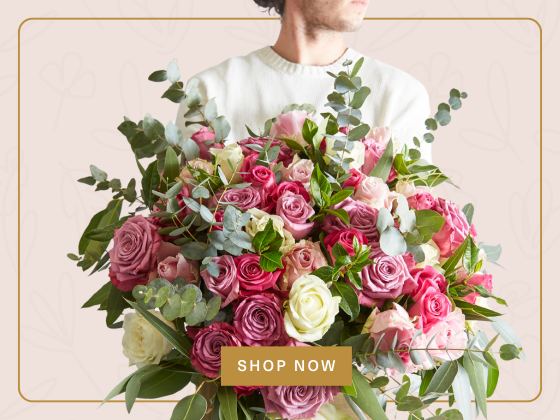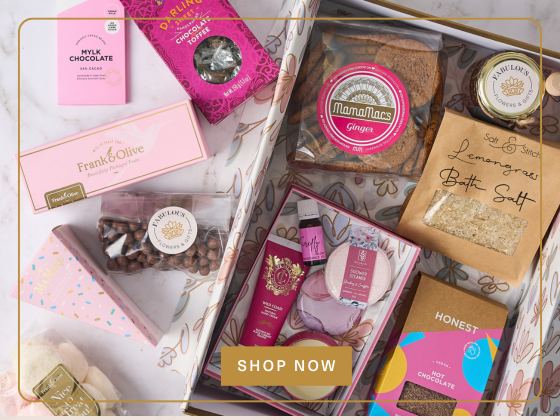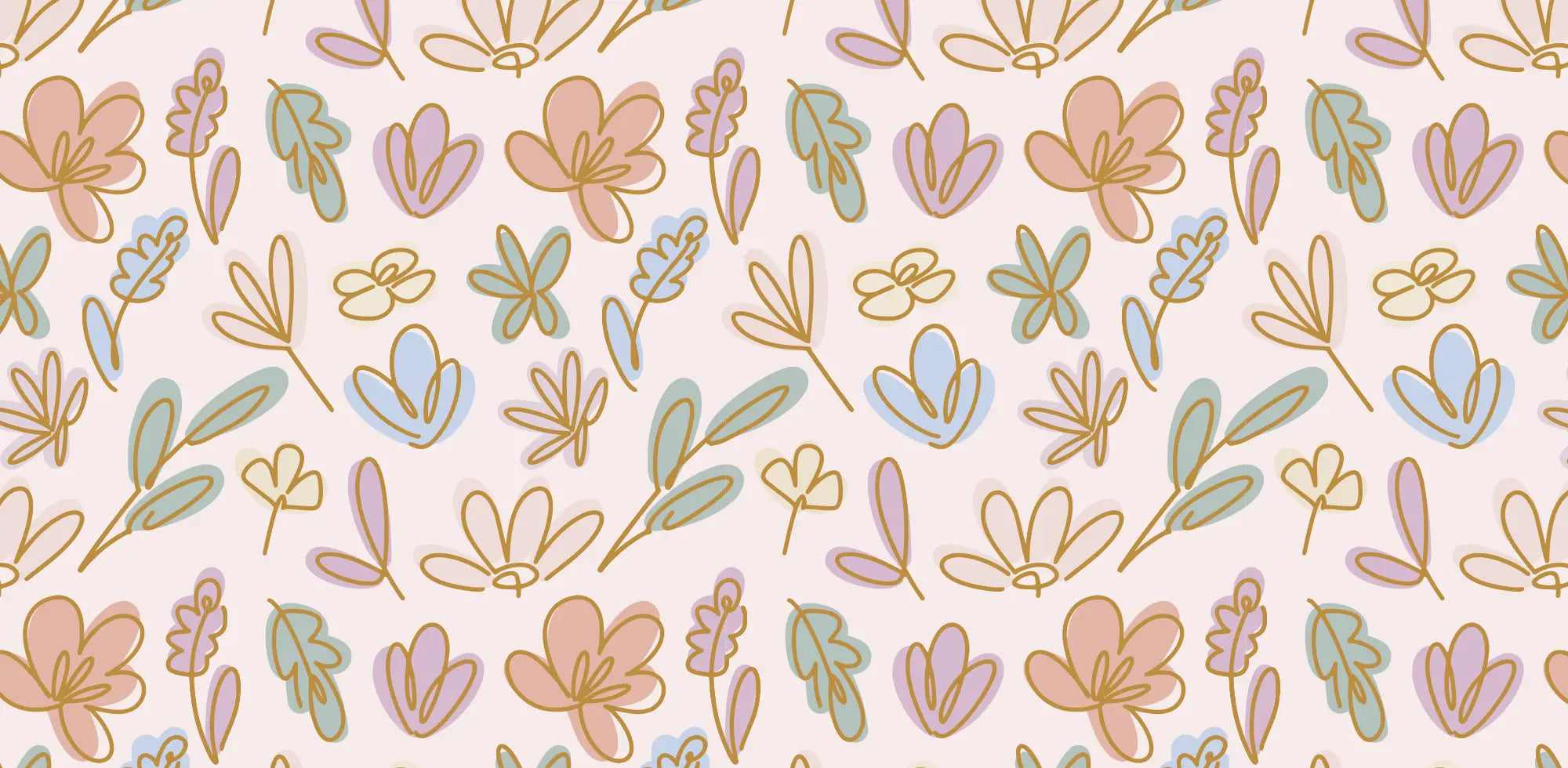Edible Flowers Are the New Rage in Haute Cuisine
UPDATED JUNE 2024
The Incredible Edible Flowers Chart by Fabulous Flowers
After falling out of favour for many years, cooking and garnishing with flowers is again in vogue. Flower cookery has been traced back to Roman times and Chinese, Middle Eastern, and Indian cultures. Edible flowers were especially popular during Queen Victoria’s reign in the Victorian era.
Today, many restaurant chefs and innovative home cooks garnish their entrees with flower blossoms for a touch of elegance. The secret to success when using edible flowers is to keep the dish simple, do not add too many other flavours that will overpower the delicate taste of the flower. Today this nearly lost art is enjoying a revival.
Please use this Edible Flowers Chart before eating any flowers.
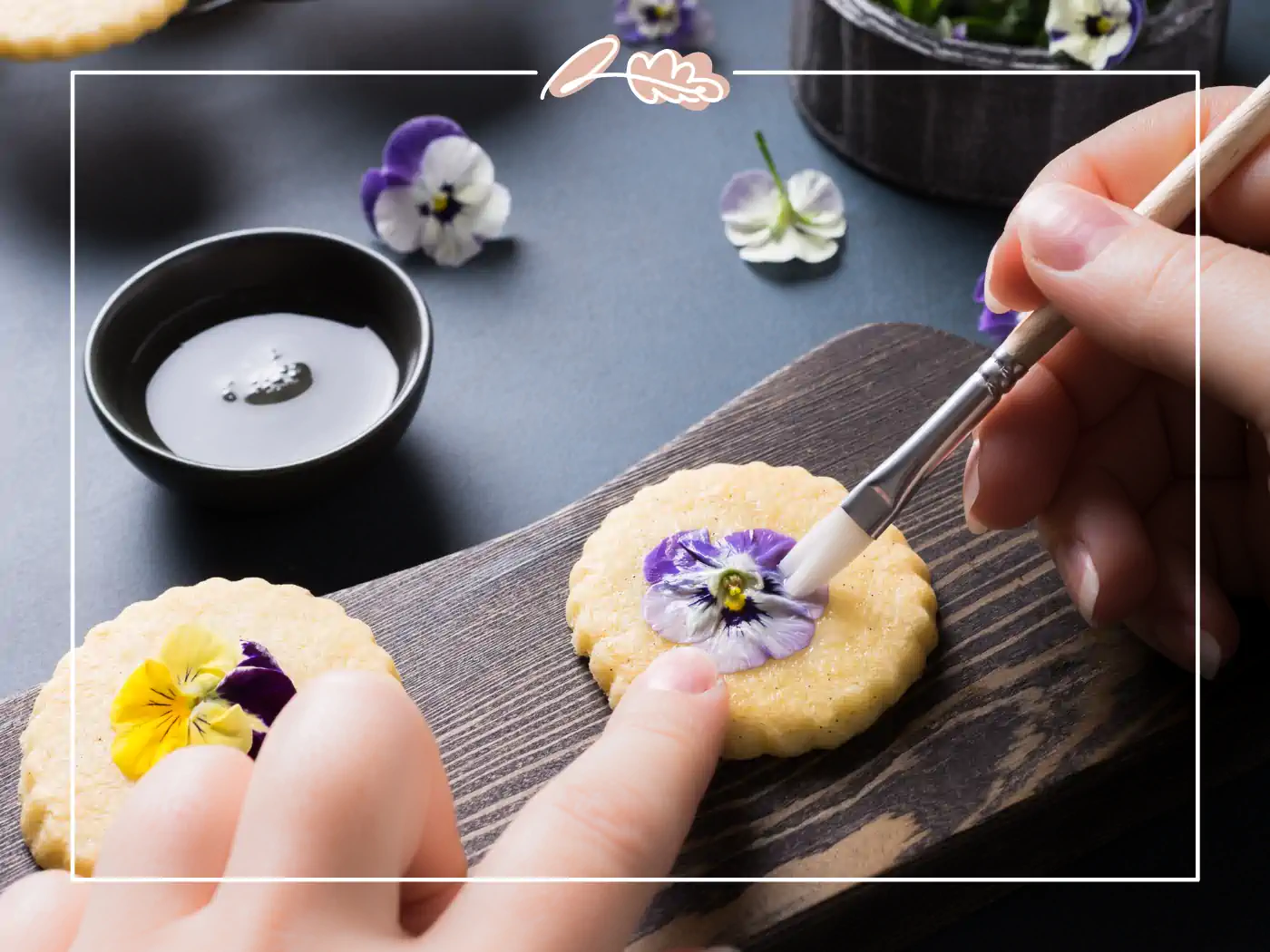
Important Considerations for Edible Flowers
Edible Flowers for Cape Town Entertaining
One very important thing that you need to remember is that not every flower is edible. In fact, sampling some flowers can make you very, very sick. You also should NEVER use pesticides or other chemicals on any part of any plant that produces blossoms you plan to eat.
Never harvest flowers growing by the roadside. Identify the flower and eat only fresh edible flowers and edible parts of those flowers. Always use flowers sparingly in your recipes due to the digestive complications that can occur with a large consumption rate. Most herb flowers have a taste similar to the leaf but spicier. The concept of using fresh edible flowers in cooking is not new.
How to Choose Edible Flowers – Edible Flower Chart
BEGONIA – Tuberous Begonias and Waxed Begonias
TUBEROUS BEGONIA (Begonia X tuberose) – The leaves, flowers, and stems are edible. Begonia blossoms have a citrus-sour taste. The petals are used in salads and as a garnish. Stems also can be used in place of rhubarb. The flowers and stems contain oxalic acid and should not be consumed by individuals suffering from gout, kidney stones, or rheumatism.
WAX BEGONIA (Begonia cucullata) – The fleshy leaves and flowers are edible raw, or cooked. They can have a slightly bitter aftertaste and, if in water most of the time, a hint of the swamp in their flavour.
CALENDULA (Calendula officinalis)
Also called Marigolds. A wonderful edible flower. Flavours range from spicy to bitter, tangy to peppery. Their sharp taste resembles saffron (also known as Poor Mans Saffron). Has pretty petals in golden-orange hues. Sprinkle them on soups, pasta or rice dishes, herb butter, and salads. Petals add a yellow tint to soups, spreads, and scrambled eggs. Only the petals are edible, whole flowers not.
Are you enjoying the Incredible Edible Flowers Chart by Fabulous Flowers? Carry on reading, or please share with your friends.
CARNATIONS (Dianthus caryophyllus – aka Dianthus)
Carnations can be steeped in wine or candy or used as cake decoration. To use the surprisingly sweet petals in desserts, cut them away from the bitter white base of the flower. Dianthus are a miniature member of the carnation family with a light clove-like or nutmeg scent. Petals add colour to salads or aspics. Carnation petals have been a secret ingredient used to make Chartreuse, a French liqueur, since the 17th century.
Tiny flowers like those of the Anise Hyssop plant can also be used to top ice cream, salads, or desserts.
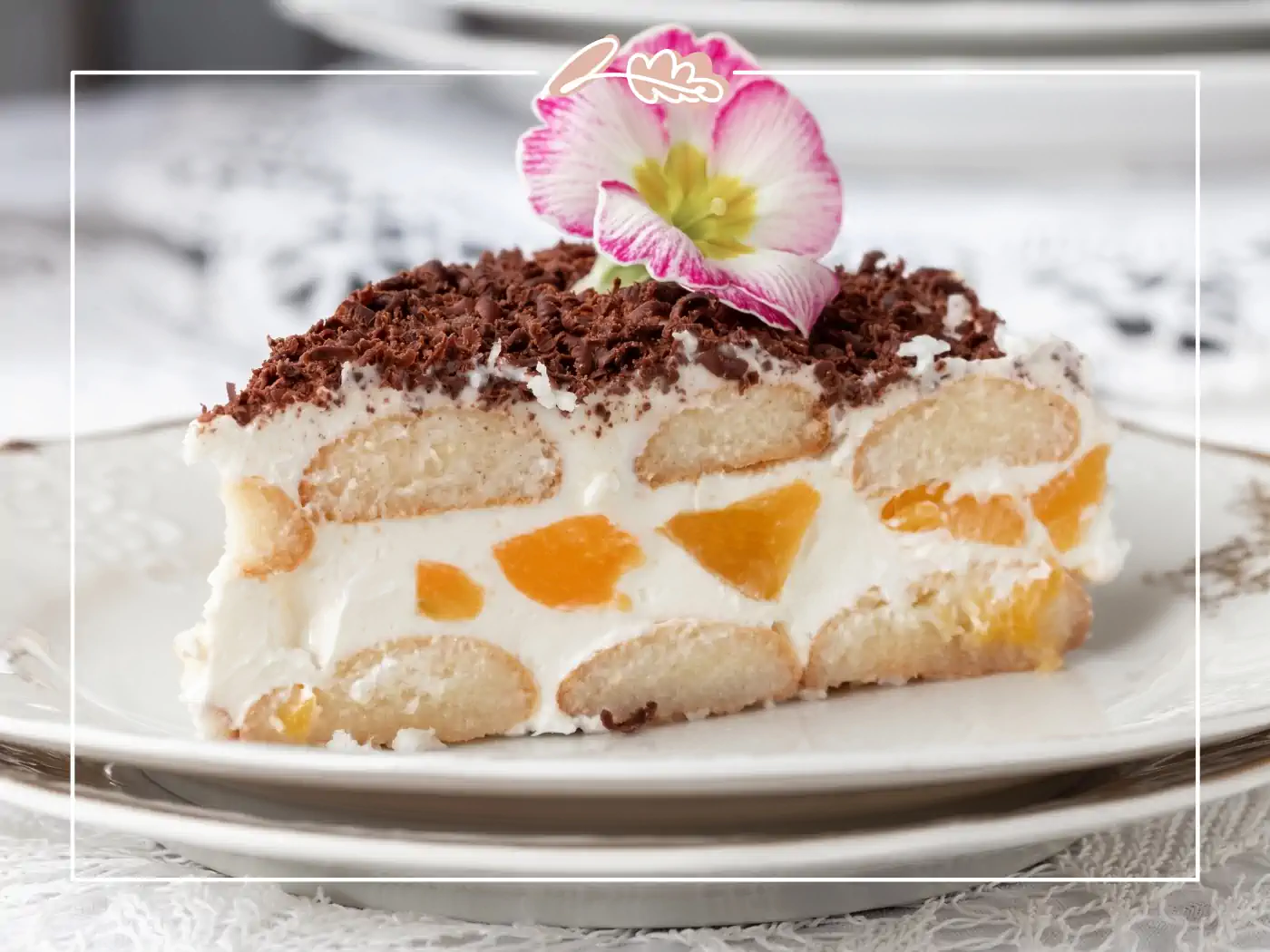
More Edible Flowers and Their Uses
CHRYSANTHEMUMS (Chrysanthemum coronarium)
Tangy, slightly bitter, ranging in colours from red, white, yellow and orange. They range in taste from faint peppery to mild cauliflower. They should be blanched first and then scatter the petals on a salad. The leaves can also be used to flavour vinegar. Always remove the bitter flower base and use petals only. Young leaves and stems of the Crown Daisy, also known as Chop Suey Greens or Shinjuku in Japan, are widely used in oriental stir-fries and as salad seasoning.
CLOVER (Trifolium species)
Sweet, anise-like liquorice. White and red clover blossoms were used in folk medicine against gout, rheumatism, and leucorrhea. It was also believed that the texture of fingernails and toenails would improve after drinking clover blossom tea. Native Americans used whole clover plants in salads and made white clover leaf tea for coughs and colds. Avoid bitter flowers that are turning brown, and choose those with the brightest colour, which are tastiest. Raw flower heads can be difficult to digest.
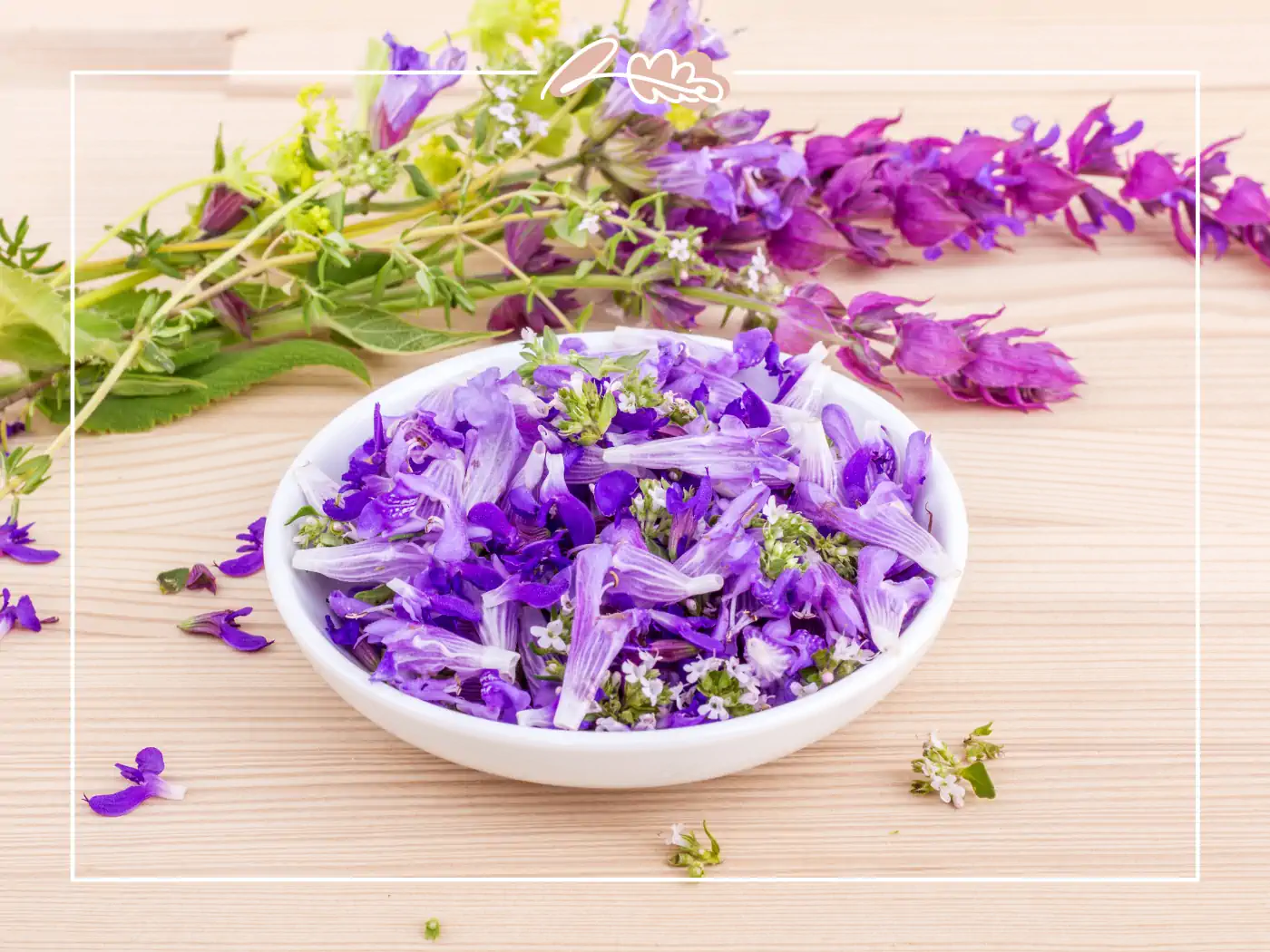
CORNFLOWER (Centaurea cyanus)
Also called Bachelors Button. They have a slightly sweet to spicy, clove-like flavour. Bloom is a natural food dye. More commonly used as garnish.
DAME’S ROCKET (Hesperis matronalis)
Also called Sweet Rocket or Dame’s Violet. This plant is often mistaken for Phlox. Phlox has five petals, and Dame’s Rocket has just four. The flowers resemble phlox and are deep lavender and sometimes pink to white. The plant is part of the mustard family, including radishes, broccoli, cabbage, cauliflower, and mustard. The plant and flowers are edible but fairly bitter. The flowers are attractive and added to green salads. The young leaves can also be added to your salad greens (for culinary purposes, the leaves should be picked before the plant flowers). The seed can also be sprouted and added to salads. NOTE: It is not the same variety as the herb called Rocket, used as a green in salads.
DANDELIONS (Taraxacum officinalis)
Member of the Daisy family. Flowers are sweetest when picked young. They have a sweet, honey-like flavour. Mature flowers are bitter. Dandelion buds are tastier than the flowers: best to pick these when they are very close to the ground, tightly bunched in the centre, and about the size of a small gumball. Good raw or steamed. Also made into wine. Young leaves taste well steamed or tossed in salads. When serving a rice dish, use dandelion petals like confetti over the rice.
Day Lilies to English Daisies
DAY LILIES (Hemerocallis species)
Slightly sweet with a mild vegetable flavour, like sweet lettuce or melon. Their flavour is a combination of asparagus and zucchini. Chewable consistency. Some people think that different coloured squash blossoms should have different flavours. To use the surprisingly sweet petals in desserts, cut them away from the bitter white base of the flower. Also great to stuff like squash blossoms. Flowers look beautiful on composed salad platters or crowning a frosted cake. Sprinkle the large petals in a spring salad. In the spring, gather shoots two or three inches tall and use them as a substitute for asparagus. NOTE: Many Lilies contain alkaloids and are NOT edible. Day Lilies may act as a diuretic or laxative; eat them in moderation for their culinary uses.
ENGLISH DAISY (Bellis perennis)
The flowers have a mildly bitter taste and are most commonly used for their looks than their flavour. The petals are used as a garnish and in salads.
FUCHSIA (Fuchsia X hybrida)
Blooms have a slightly acidic flavour. Explosive colours and graceful shapes make it ideal as a garnish. The berries are also very common edible flowers.
GARDEN SORREL (Rumex acetosa)
Sorrel flowers are tart, lemon tasting. Use it like a lemon: on pizza, as a green salad topping, in sauces, and over cucumber salads.
GLADIOLUS (Gladiolus spp)
Flowers (anthers removed) have a nondescript flavour (taste vaguely like lettuce) but make lovely receptacles for sweet or savoury spreads or mousses. Toss individual petals in salads. It can also be cooked like a day lily.
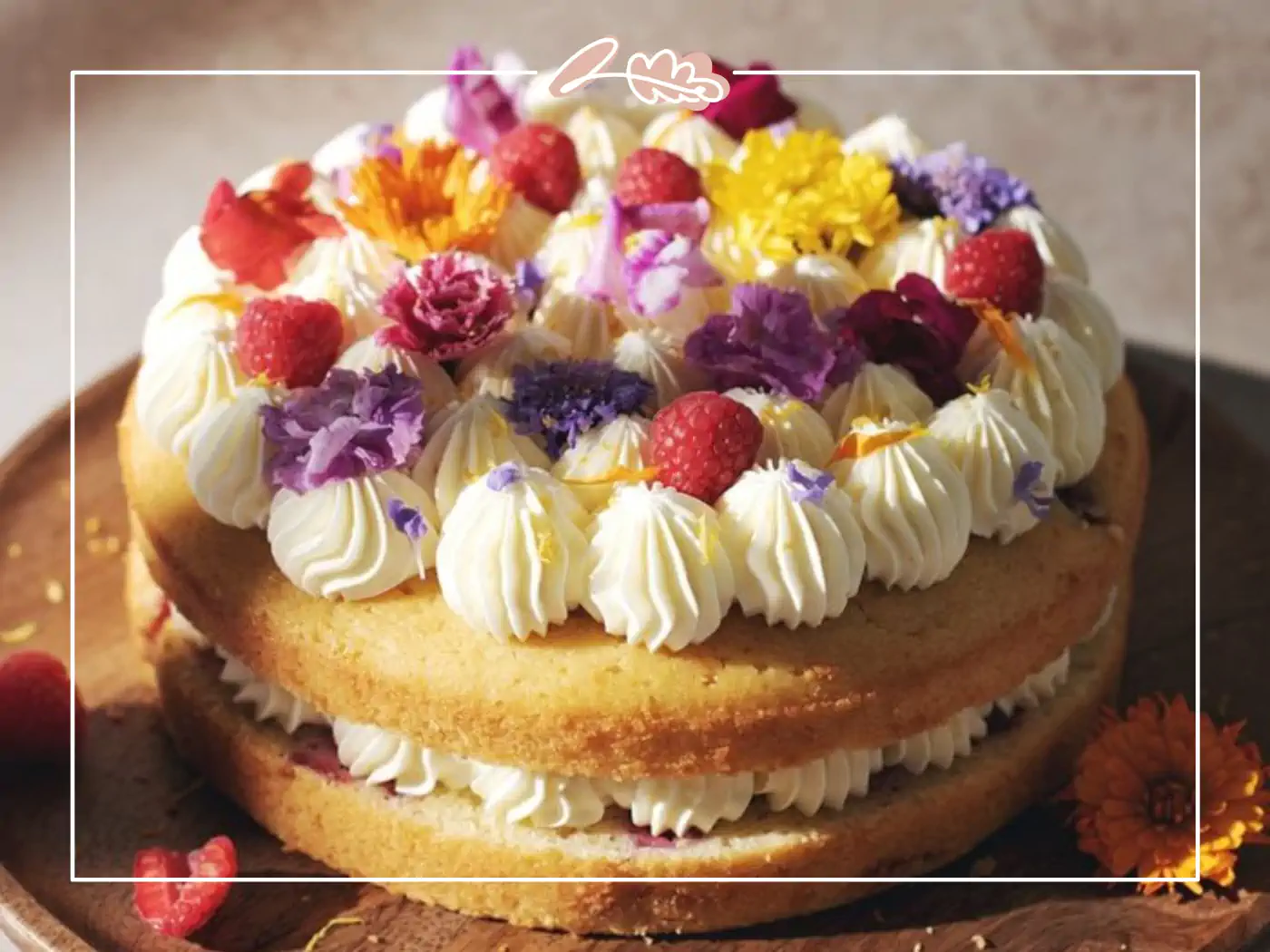
Hibiscus to Impatiens
HIBISCUS (Hibiscus rosa-sinensis)
Cranberry-like flavour with citrus overtones. Use slightly acidic petals sparingly in salads or as garnish. The flower can be dried to make an exotic tea, one of its many culinary uses.
HOLLYHOCK (Alcea rosea)
Very bland-tasting flavour.
HONEYSUCKLE (Lonicera japonica)
Sweet honey flavour. Only the flowers are edible. NOTE: Berries are highly poisonous – Do not eat them!
IMPATIENS (Impatiens walleriana)
The flowers have a sweet flavour. They can be used as a garnish in salads or floated in drinks.
JOHNNY-JUMP-UPS (Viola tricolour)
Lovely yellow, white and purple blooms have a mild wintergreen flavour and can be used in salads, to decorate cakes, or served with soft cheese. They are also great for drinks, soups, desserts or salads.
Lilac to Marigold
LILAC (Syringa vulgaris)
The flavour of lilacs varies from plant to plant. Very fragrant and slightly bitter. Has a distinct lemony taste with floral, pungent overtones. Great in salads and crystallised with egg whites and sugar, showcasing its culinary uses.
Edible Flowers Chart by Fabulous Flowers, Check out our blog about Artificial flowers and their many uses.
LINDEN (Tilla spp.)
Small flowers, white to yellow, are delightfully fragrant and have a honey-like flavour. The flowers have been used in tea as a medicine in the past. NOTE: Frequent consumption of linden flower tea can cause heart damage.
MARIGOLD (Tagetes tenuifolia – aka T. signata)
The marigold can be used as a substitute for saffron. Also great in salads as they have a citrus flavour.
NASTURTIUMS (Tropaeolum majus)
Comes in varieties ranging from trailing to upright and brilliant sunset colours with peppery flavours. Nasturtiums rank among the most common edible flowers. Blossoms have a sweet, spicy flavour similar to watercress. Stuff whole flowers with sweet or savoury spreads or mousse. Leaves add a peppery tang to salads. Pickled seed pods are a less expensive substitute for capers. Use entire flowers to garnish platters, salads, cheese tortas, open-faced sandwiches, and savoury appetisers.
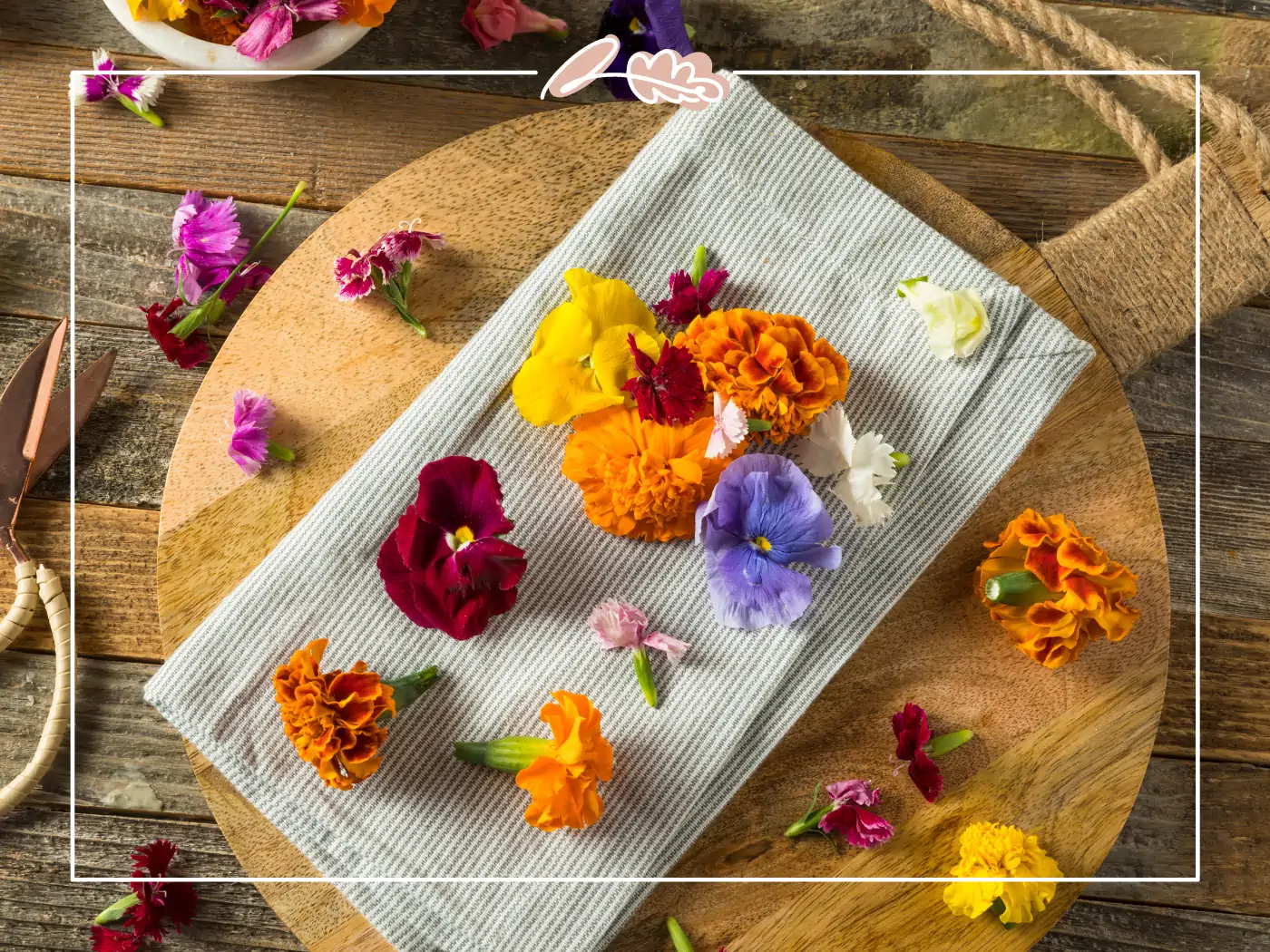
Pansy to Peony
PANSY (Viola X wittrockiana)
Pansies have a slightly sweet green or grassy flavour. If you eat only the petals, the flavour is extremely mild, but if you eat the whole flower, there is a winter, green overtone. Use them as garnishes in fruit salads, green salads, desserts, or soups.
PEONY (Paeonia lactiflora)
In China the fallen petals are parboiled and sweetened as a tea-time delicacy. Peony water was used for drinking in the middle ages. Add peony petals to your summer salad or try floating in punches and lemonades, highlighting its culinary uses.
PHLOX, Perennial Phlox (Phlox paniculata)
It is the perennial phlox, NOT the annual, that is the most common edible flowers. The high-growing (taller) and not the low-growing (creeping) phlox grows from 3 to 4 feet tall. Slightly spicy taste. Great in fruit salads. The flowers vary from a reddish purple to pink, some white.
PINEAPPLE GUAVA (Feijoa sellowiana)
The flavour is sweet and tropical, like a freshly picked ripe papaya or exotic melon still warm from the sun.
Primrose to Roses
PRIMROSE (Primula vulgaris)
Also known as Cowslip. This flower is colourful with a sweet but bland taste. Add to salads, pickle the flower buds, cook as a vegetable, or ferment into wine, showcasing its culinary uses.
QUEEN ANNE'S LACE (Daucus carota)
Also known as Wild Carrot and Bishop’s Lace. It is the original carrot from which modern cultivars were developed and is edible with a light carrot flavour. The flowers are small and white and bloom in a lacy, flat-topped cluster. Great in salads, highlighting its culinary uses. NOTE: The problem is, it is closely related to, and looks almost exactly like, another wild plant, Wild or Poison Hemlock, which often grows profusely in similar habitats, and is said to be the most poisonous plant native to the United States. The best way to differentiate between the two plants is to remember that Queen Anne’s Lace has a hairy stem, while the stems of Wild Hemlock are smooth and hairless and hollow with purple spots.
ROSES (Rosa rugosa or R. gallica officinalis)
Flavours depend on type, colour, and soil conditions. Flavour reminiscent of strawberries and green apples. Sweet, with subtle undertones ranging from fruit to mint to spice. All roses are edible, with the flavour being more pronounced in the darker varieties. In miniature varieties can garnish ice cream and desserts, or larger petals can be sprinkled on desserts or salads. Freeze them in ice cubes and float them in punches also. Petals are used in syrups, jellies, perfumed butter and sweet spreads, showcasing its culinary uses. NOTE: Be sure to remove the bitter-white portion of the petals.
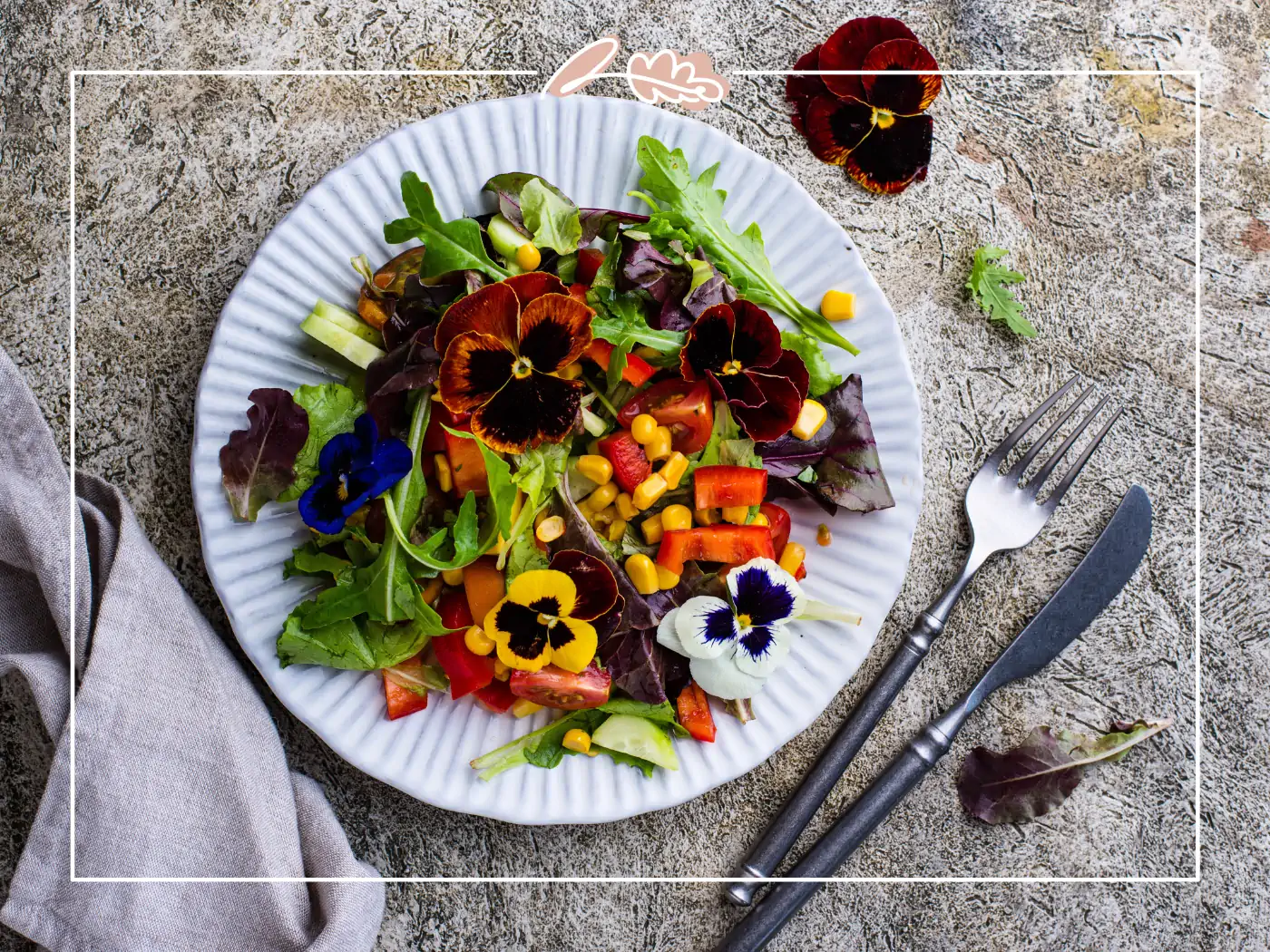
Scented Geraniums to Sunflowers
SCENTED GERANIUMS (Pelargonium species)
The flower flavour generally corresponds to the variety. For example, a lemon-scented geranium would have lemon-scented flowers. They come in fragrances from citrus and spice to fruits and flowers, and usually in the colours of pinks and pastels. Sprinkle them over desserts and in refreshing drinks or freeze them in ice cubes, showcasing their culinary uses. NOTE: Citronelle variety may not be edible.
SNAPDRAGON (Antirrhinum majus)
Delicate garden variety can be very bland tasting flavour, to bitter. Flavours depend on type, colour, and soil conditions. Probably not the best flower to eat.
SUNFLOWER (Helianthus annus)
The sunflower is best eaten in the bud when it tastes similar to artichokes. Once the flower opens, the petals may be used like chrysanthemums, and the flavour is distinctly bittersweet. The unopened flower buds can also be steamed like artichokes.
SWEET WOODRUFF (Galium odoratum)
Also known as Wild Baby’s Breath. The flower flavour is sweet and grassy with a hint of nutty, vanilla flavour. NOTE: It can have a blood-thinning effect if eaten in large amounts.
Tulips to Yucca Petals
TULIP PETALS (Tulipa)
Flavour varies from tulip to tulip, but generally, the petals taste like sweet lettuce, fresh baby peas, or a light cucumber taste-like texture and flavour. NOTE: Some people have had strong allergic reactions to them. If touching them causes a rash, numbness etc. Don’t eat them! Don’t eat the bulbs ever. If you have any doubts, don’t eat the flower.
VIOLETS (Viola species)
Sweet, perfumed flavour. Related flowers, Johnny jump-ups or violas, and pansies now come in colourful purples and yellows to apricot and pastel hues. I like to eat tender leaves and flowers in salads. I also use the flowers to beautifully embellish desserts and iced drinks. Freeze them in punches to delight children and adults alike. These tiny flowers make pretty adornments for frosted cakes, sorbets, or any other desserts and may also be crystallised, showcasing its culinary uses. Heart-shaped leaves are edible and tasty when cooked like spinach.
YUCCA PETALS (Yucca species)
The white Yucca flower is crunchy with a mildly sweet taste (a hint of artichoke). They can be used in salads and as a garnish in the spring.
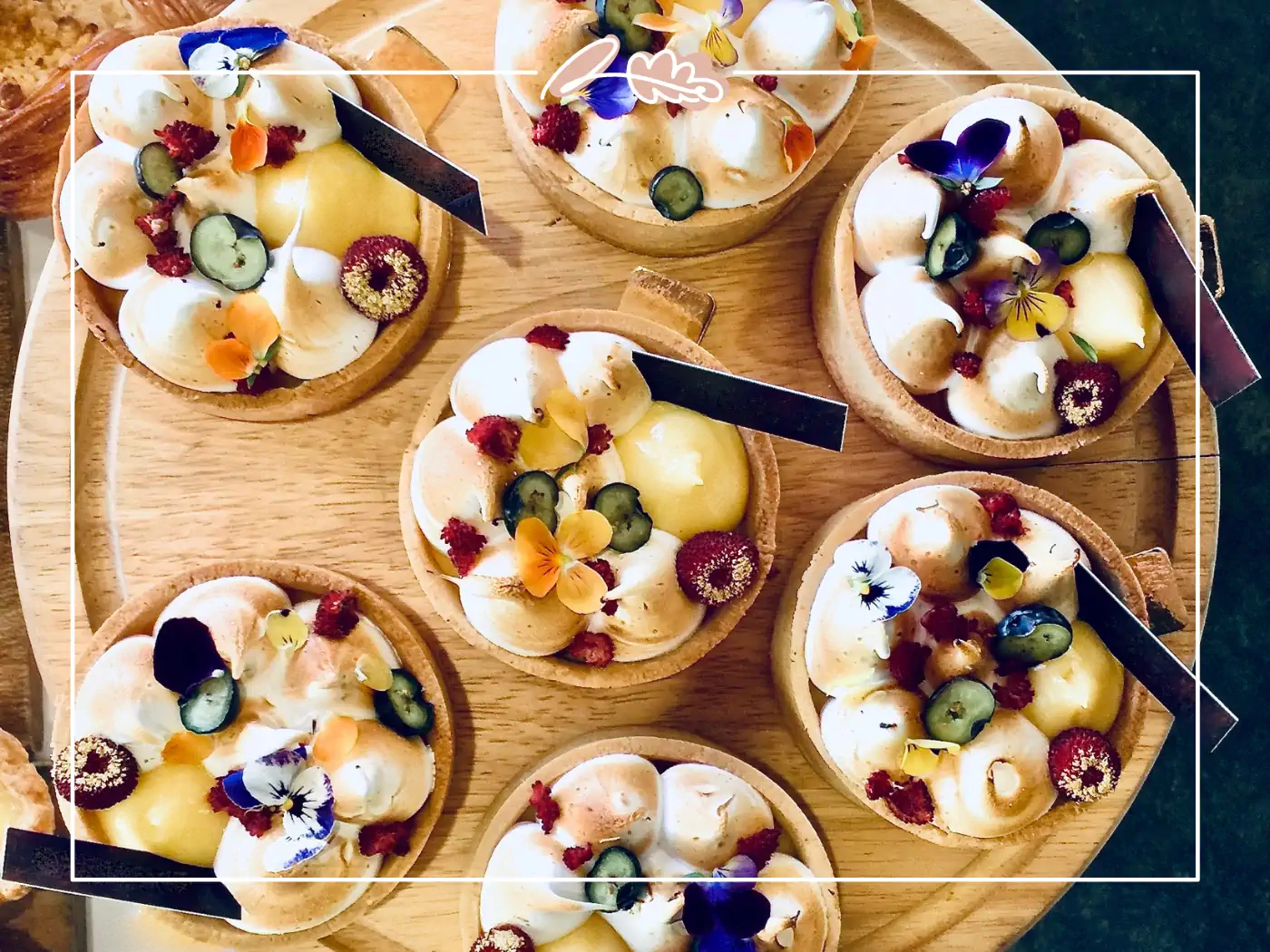
Fruit Flowers for Fruit Salads
Most fruit trees are usually sprayed just before and during the bloom. If you are using your own flowers that have not sprayed, use only the petals, not the pistils or stamen.
APPLE BLOSSOMS (Malus species)
Apple Blossoms have a delicate floral flavour and aroma, showcasing their culinary uses. They are a nice accompaniment to fruit dishes and can easily be candied as a garnish. NOTE: Eat in moderation, as the flowers may contain cyanide precursors. The seeds of the apple fruit and their wild relations are poisonous.
BANANA BLOSSOMS (Musa paradisiaca)
Also known as Banana Hearts. The flowers are a purple-maroon torpedo-shaped growth appearing from the top of usually the largest trunks. Banana blossoms are used in Southeast Asian cuisines. The blossoms can be cooked or eaten raw. The tough covering is usually removed until you get to the almost white tender parts of the blossom. It should be sliced and sit in water until most of the sap is gone. If you eat it raw, make sure the blossom comes from a variety that isn’t bitter. Most of the Southeast Asian varieties are not bitter.
CITRUS BLOSSOMS (orange, lemon, lime, grapefruit, kumquat)
Use highly scented waxy petals sparingly. Distilled orange flower water is characteristic of Middle Eastern pastries and beverages. Citrus flavour and lemony.
ELDERBERRY BLOSSOMS (Sambucus spp)
The blossoms are creamy and have a sweet scent and mildly sweet taste. When harvesting elderberry flowers, do not wash them, as that removes much of the fragrance and flavour. Instead, check them carefully for insects. The fruit is used to make wine. The flowers, leaves, berries, bark and roots have all been used in traditional folk medicine for centuries. NOTE: All other parts of this plant, except the berries, are mildly toxic! They contain a bitter alkaloid and glycoside that may change into cyanide. The cooked ripe berries of the edible elders are harmless. Eating uncooked berries may cause nausea, vomiting, and diarrhoea.
Herb Flowers
Most herb flowers are just as tasty as foliage and attractive when used in salads. Add some petals to any dish you would flavour with the herb.
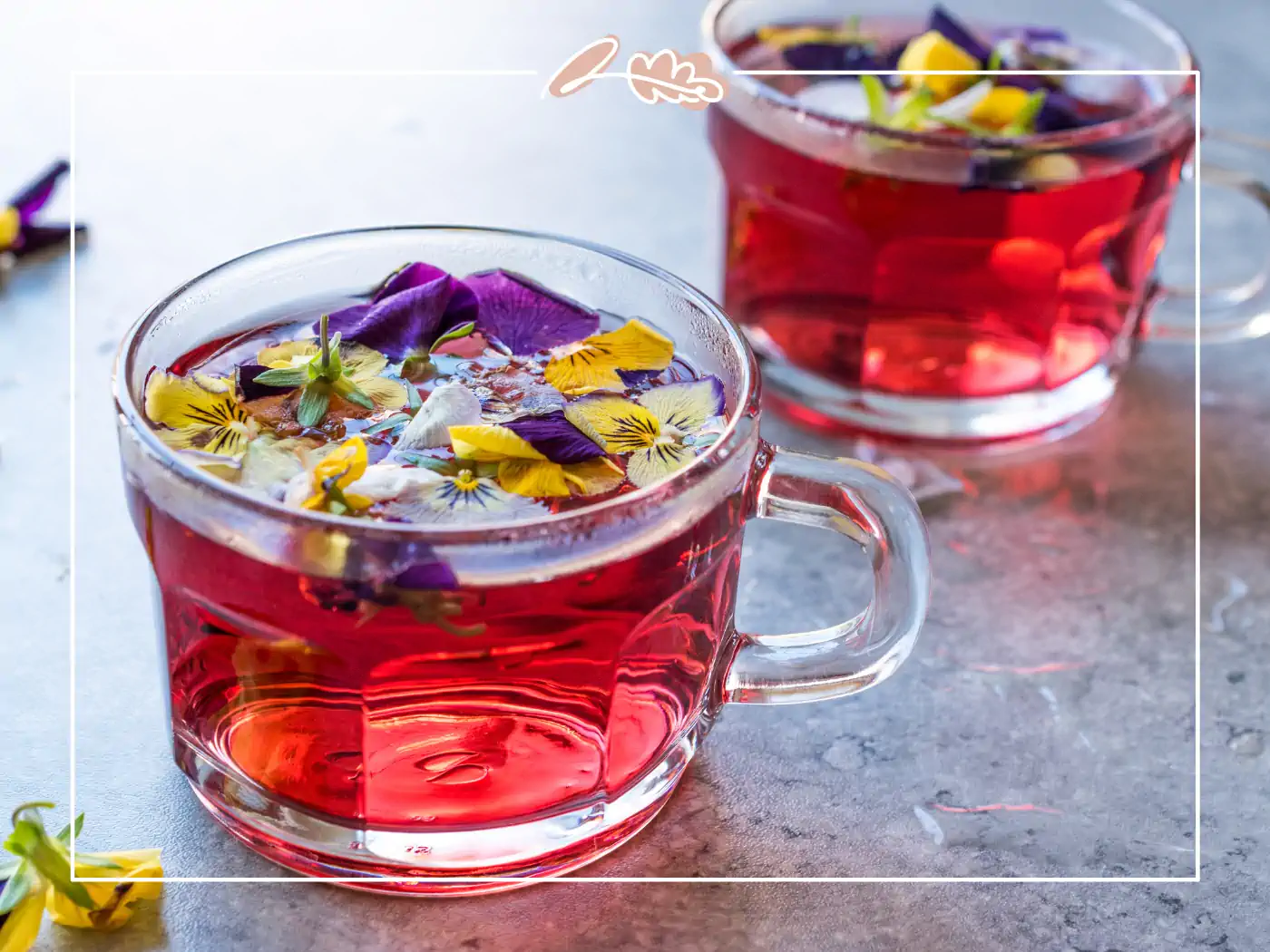
ALLIUMS (leeks, chives, garlic, garlic chives)
Known as the “Flowering Onions.” Approximately four hundred species include the familiar onion, garlic, chives, ramps, and shallots. All members of this genus are edible. Their flavours range from mild onions and leeks to strong onions and garlic. All parts of the plants are edible, showcasing its culinary uses. The flowers tend to have a stronger flavour than the leaves, and the young developing seed heads are even stronger. We eat the leaves and flowers mainly in salads. The leaves can also be cooked as a flavouring with other vegetables in soups, etc.
CHIVE BLOSSOMS (Allium schoenoprasum)
Use whenever a light onion flavour and aroma is desired. Separate the florets and enjoy the mild onion flavour in various dishes.
GARLIC BLOSSOMS (Allium sativum)
The flowers can be white or pink, and the stems are flat instead of round. The flavour has a garlicky zing that brings out the flavour of your favourite food. Milder than the garlic bulb. Wonderful in salads.
ANGELICA (Angelica archangelica)
Depending on the variety, flower range from pale lavender-blue to deep rose. It has a flavour similar to liquorice. Angelica is valued in culinary from the seeds and stems, candied and used in liqueurs, to the young leaves and shoots, which can be added to a green salad. Because of its celery-like flavour, Angelica has a natural affinity with fish. The leaves have a stronger, clean taste and make an interesting addition to salads. In its native northern Europe, even the mature leaves are used, particularly by the Laplanders, as a natural fish preservative. Many people in the cold Northern regions such as Greenland, Siberia, and Finland consider Angelica a vegetable and eat the stems raw, sometimes spread with butter. Young leaves can be made into tea.
ANISE HYSSOP (Agastache foeniculum)
Flowers and leaves have a delicate anise or liquorice flavour. Some people say the flavour reminds them of root beer. The blossoms make attractive plate garnishes and are often used in Chinese-style dishes. Excellent in salads.
BASIL (Ocimum basilicum)
Depending on the type, the flowers are either bright white, pale pink, or delicate lavender. The flavour of the flower is milder but similar to the leaves of the same plant. Basil also has different varieties that have different milder flavours, like lemon and mint. Sprinkle them over salad or pasta for a concentrated flavour and a spark of colour that gives any dish a fresh, festive look.
BEE BALM (Monarda didyma)
Also called Wild Bergamot, Wild Oswego Tea, Horsemint, Monarda. Wild bee balm tastes like oregano and mint. The taste of bee balm is reminiscent of citrus with a soft mingling of lemon and orange. The red flowers have a minty flavour. Any place you use oregano, you can use bee balm blossoms. The leaves and flower petals can also be used in fruit and regular salads. The leaves taste like Earl Grey Tea’s main ingredient and can be used as a substitute.
BORAGE (Borago officinalis)
Has lovely cornflower blue star-shaped flowers. Blossoms and leaves have a cool, faint cucumber taste. Wonderful in punches, lemonade, gin and tonics, sorbets, chilled soups, cheese tortas, and dips.
BURNET (Sanguisorba minor)
The taste is usually likened to cucumbers, and burnet can be used interchangeably with borage.
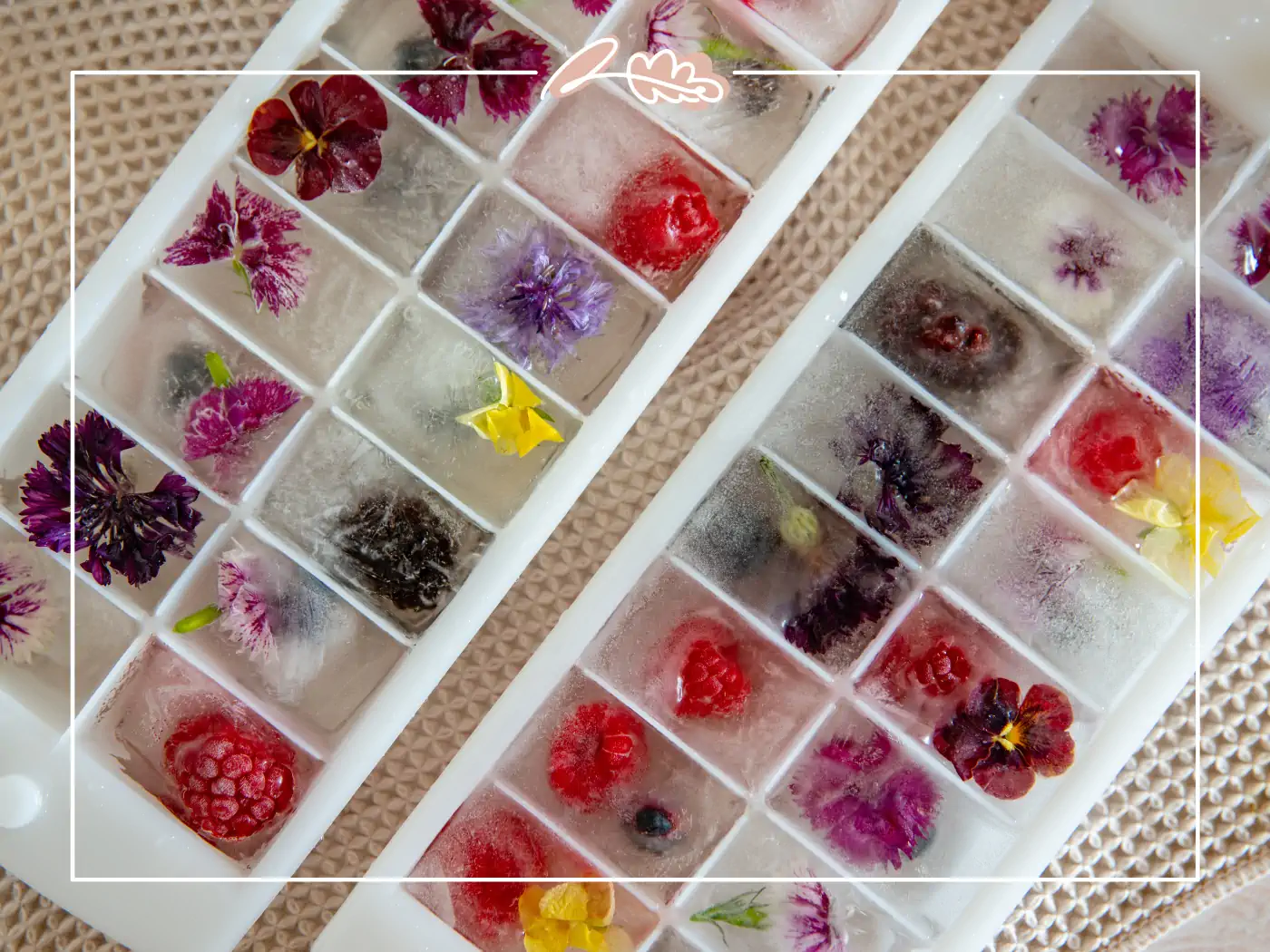
CHERVIL (Anthriscus cerefolium)
Chervil flowers are delicate white flowers with an anise flavour. Chervil’s flavour is easily lost, either by drying the herb or by too much heat. That is why it should be added at the end of cooking or sprinkled on in its fresh, raw state in salads.
CHICORY (Cichorium intybus)
Earthy flavour. Eat either the petals or the buds. Chicory has a pleasant, mild-bitter citrus taste, that has been compared to the endive. The buds can be pickled.
CILANTRO/CORIANDER (Coriander sativum)
The flowers have a strong herbal flavour, like the leaves and seeds. Use leaves and flowers raw, as the flavour fades quickly when cooked. Sprinkle to taste on salads, bean dishes, and cold vegetable dishes.
FENNEL (Foeniculum vulgare)
Has star-burst yellow flowers with a mild anise flavour. Use it with desserts, cold soups, or garnish with your entrees.
GINGER (Zingiber officinale)
The white variety of ginger is fragrant and has a gingery taste on the tongue. Petals may be eaten raw, or you can cook tender young shoots.
JASMINE (Jasminum officinale)
The flowers are intensely fragrant and traditionally used to scent tea. True Jasmine has oval, shiny leaves and tubular, waxy-white flowers. NOTE: The false Jasmine is in a completely different genus, “Gelsemium”, and the family, “Loganiaceae”, is considered poisonous for human consumption. This flower has several common names: yellow jessamine or jasmine, Carolina jasmine or jessamine, evening trumpet flower, gelsemium, and woodbine.
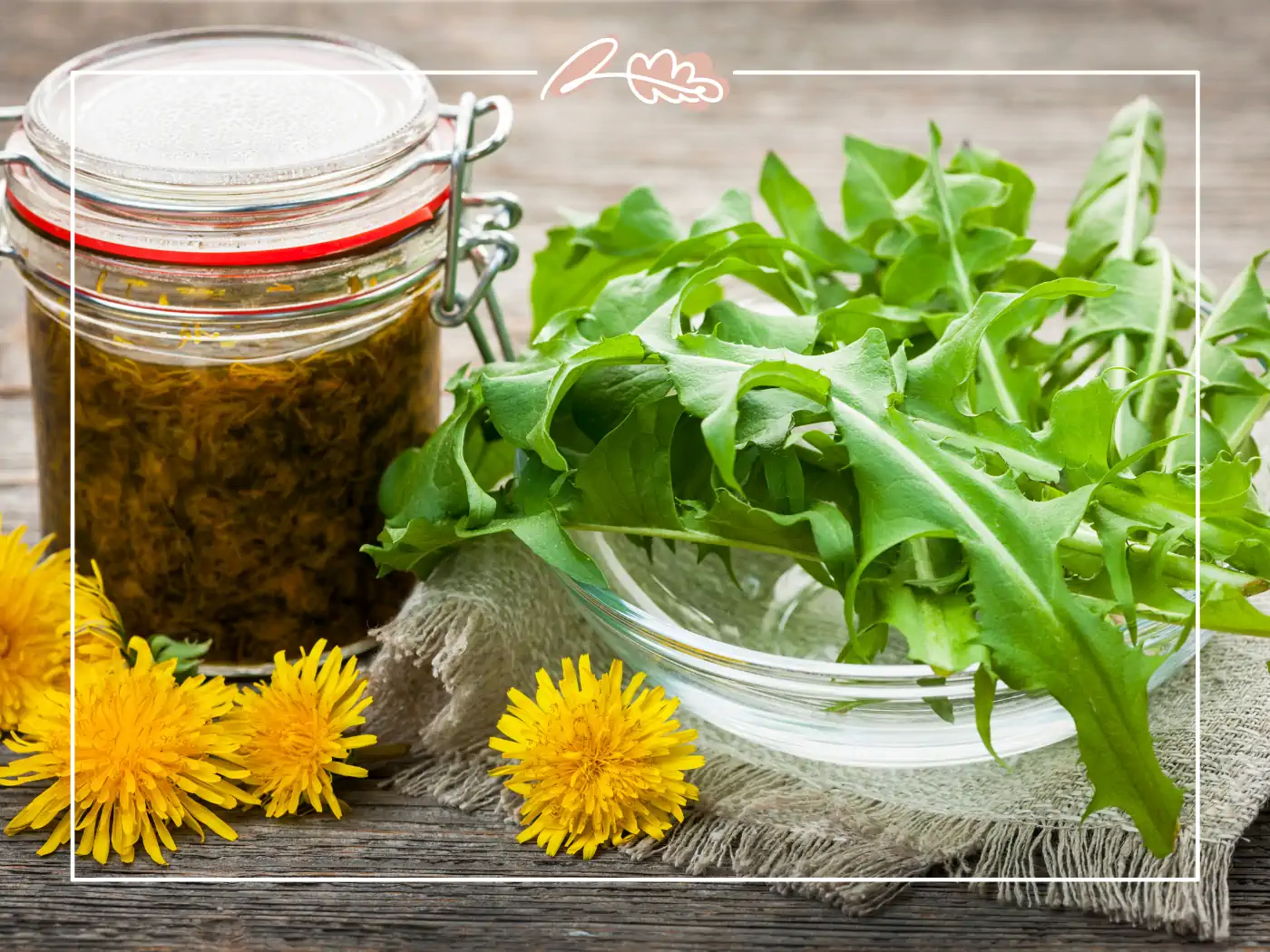
LAVENDER (Lavandula angustifolia)
Sweet, floral flavour with lemon and citrus notes. Flowers look beautiful and taste good too in a glass of champagne, with chocolate cake, or as a garnish for sorbets or ice creams. Lavender also lends itself to savoury dishes, from hearty stews to wine-reduced sauces. Diminutive blooms add a mysterious scent to custards, flans or sorbets. NOTE: Do not consume lavender oil unless you know it has not to be sprayed and is culinary safe.
LEMON VERBENA (Aloysia triphylla)
Tiny cream-coloured citrus-scented blossoms. Leaves and flowers can be steeped as a herbal tea and used to flavour custards and flans.
MARJORAM (Origanum majorana)
Flowers are a milder version of a plant’s leaf. Use as you would the herb.
MINT (Mentha spp)
The flowers’ flavours are minty but have different overtones depending on the variety. Mint flowers and leaves are great in Middle Eastern dishes.
OREGANO (Origanum vulgare)
Milder version of the plant’s leaf. Use as you would the herb.
ROSEMARY (Rosmarinus officinalis)
Milder version of the leaf. Fresh or dried herbs and blossoms enhance the flavour of Mediterranean dishes. Use with meats, seafood, sorbets or dressings.
SAFFLOWER (Carthamus tinctorius)
The dried flowers, Mexican saffron, are used as a food colourant in place of the more aromatic and expensive Spanish saffron.
SAGE (Salvia officinalis)
The flowers are violet-blue, pink or white up to 1 3/8 inches long, small, tubelike, clustered together in whorls along the stem tops. Flowers have a subtler sage taste than the leaves and can be used in salads and garnish. Flowers are a delicious companion to many foods, including beans, corn dishes, sautéed or stuffed mushrooms, or pesto sauce.
SAVORY (Satureja hortensis)
The flavour of the flowers is somewhat hot and peppery and similar to thyme.
THYME (Thymus spp.)
Milder version of the leaf. Use sprigs as a garnish, remove flowers, sprinkle over soups, etc. Use thyme anywhere a herb might be used.
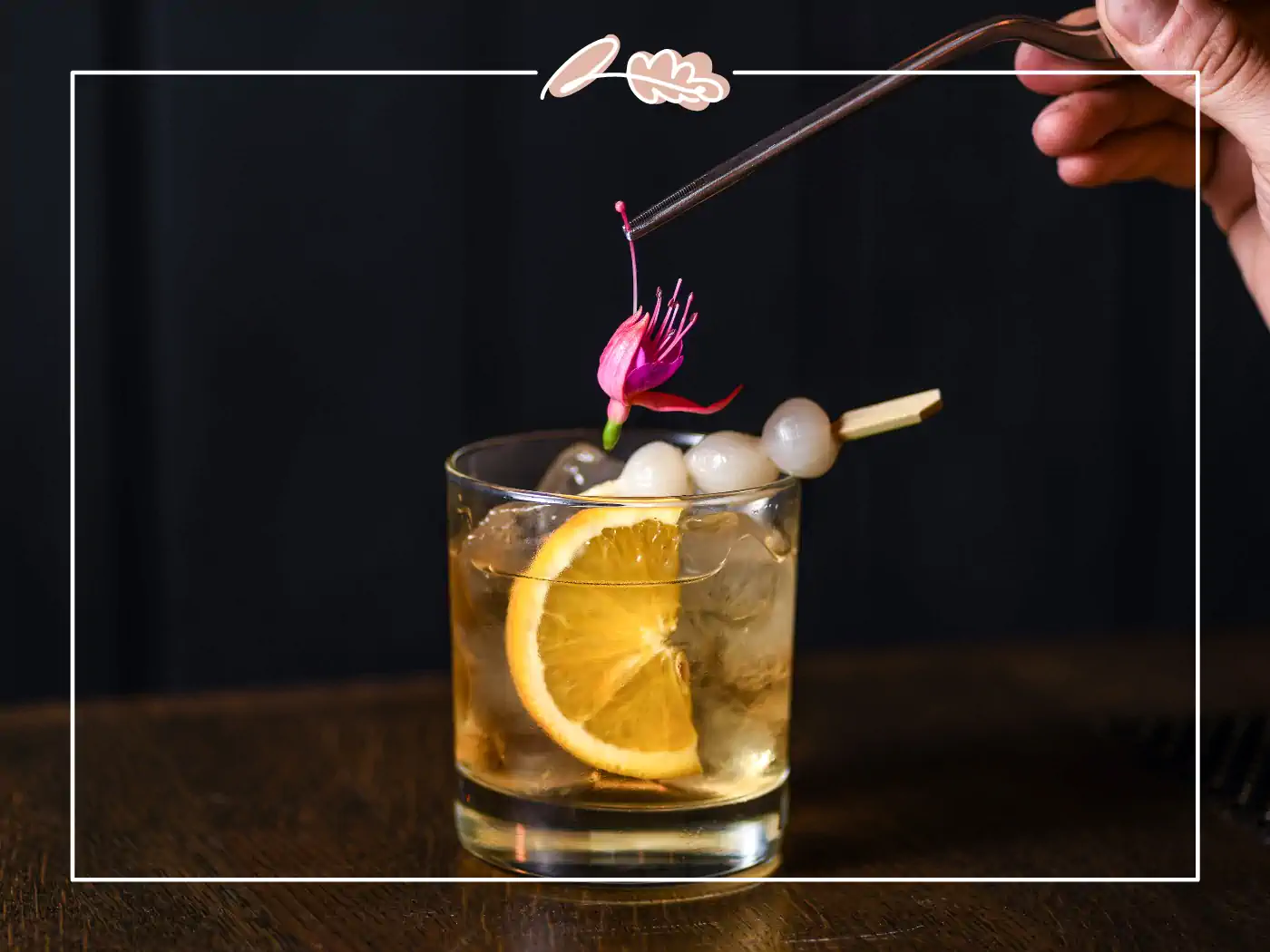
Vegetable Flowers
Did you know that broccoli, cauliflower, and artichokes are all flowers? Also, the spice saffron is the stamen from the crocus flower? Capers are unopened flower buds of a bush native to the Mediterranean and Asian nations. The general rule is that the flowers of most vegetables and herbs are safe to eat. Always check first because there will always be exceptions, as in life. NOTE: Avoid – the flowers of tomato, potato, eggplant, peppers and asparagus.
ARUGULA (Eruca vesicaria)
Also called the garden rocket, roquette, rocket-salad, Oruga, Rocket salad, rocket-gentle; Raukenkohl (German); rouquelle (French); rucola (Italian). An Italian green is usually appreciated raw in salads or on sandwiches. The flowers are small and white with dark centres and can be used in the salad for a light, piquant flavour, showcasing its culinary uses. The flowers taste very similar to the leaves and range from white to yellowish with dark purple veins. Arugula resembles radish leaves in both appearance and taste. Leaves are compound and have a spicy, peppery flavour that starts mild in young leaves and intensifies as they mature.
ARTICHOKE (Cynara scolymus)
The artichoke is considered a flower in which the flower leaves are eaten, and the choke or thistle part is discarded.
BROCCOLI FLORETS (Brassica oleracea)
The top portion of broccoli is actually flower buds. As the flower buds mature, each will open into a bright yellow flower, which is why they are called florets. Small yellow flowers have a mild spiciness (mild broccoli flavour), and are delicious in salads or in a stir-fry or steamer.
CORN SHOOTS (Zea mays)
Corn shoots may be eaten when they resemble large blades of grass with a strong sweet corn flavour, which could be used as a garnish for corn chowder. The whole baby corn in husk may also be eaten, silk and all.
MUSTARD (Brassica species)
Young leaves can be steamed, used as a herb, eaten raw, or cooked like spinach. NOTE: Some people are highly allergic to mustard. Start with a small amount. Eating in large amounts may cause red skin blotches.
OKRA (Abelmoschus esculentus)
Ochro, Okoro, Quimgombo, Quingumbo, Ladies Fingers and Gumbo. It has hibiscus-like flowers, and seed pods that, when picked tender, produce a delicious vegetable dish when stewed or fried. When cooked, it resembles asparagus, yet it may be left raw and served in a cold salad. The ripe green seeds also have been used as a substitute for coffee; the seed can be dried and powdered for storage and future use.
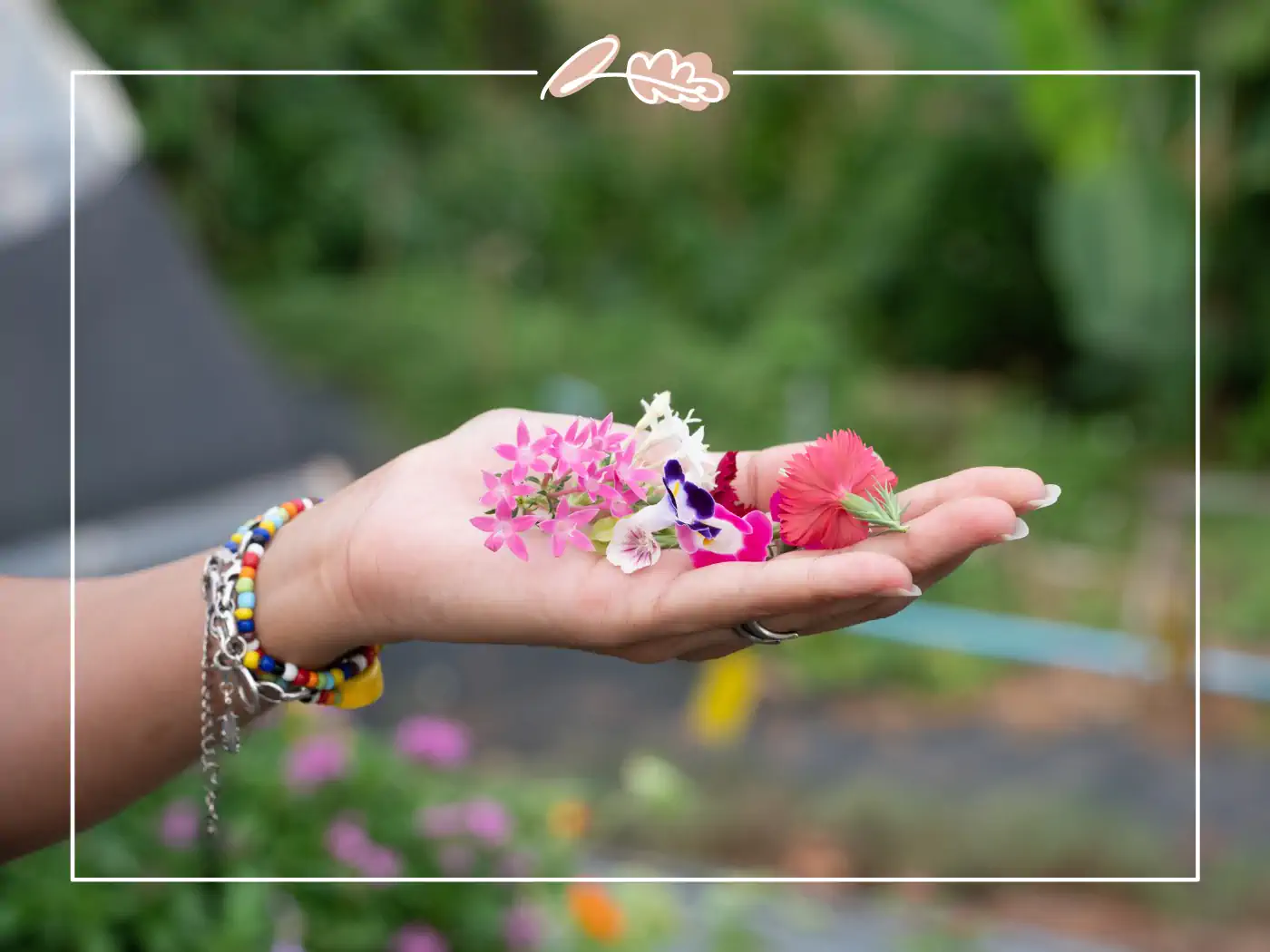
PAK CHOI (Brassica chinensis)
A sister of the Broccoli plant.
PEA BLOSSOMS (Pisum species)
Edible garden peas bloom mostly in white but may have another pale colouring. The blossoms are slightly sweet and crunchy, and they taste like peas. The shoots and vine tendrils are edible, with a delicate, pea-like flavour. Here again, remember that harvesting blooms will diminish your pea harvest, so you may want to plant extra. NOTE: Flowering ornamental sweet peas are poisonous – do not eat them.
RADISH FLOWERS (Raphanus sativus)
Depending on the variety, flowers may be pink, white or yellow and will have a distinctive, slightly spicy taste bite (has a radish flavour). Best used in salads. The Radish shoots with their bright red or white tender stalks are very tasty and are great sauteed or in salads.
SCARLET RUNNER BEANS (Phaseolus vulgaris)
Have brilliant red blooms that are very tasty and can be served as a garnish for soups in salads. Bean pods toughen as they age, so make use of young pods and flowers.
SQUASH BLOSSOMS (Cucurbita pepo) – squash blossoms
Squash and pumpkin blossoms are edible and taste mildly of raw squash. Prepare the squash and pumpkin blossoms first by washing and trimming the stems and removing the stamens. Squash blossoms are usually taken off the male plant, which only provides pollen for the female.
Important Dos and Don’ts!
Following are some simple guidelines to keep in mind before you eat any type of flower:
Dos:
- Eat flowers only when you are positive they are edible and suitable for culinary uses. If uncertain, consult a good reference book on edible flowers before consumption.
- If pesticides are necessary, use only those products labelled for use on edible crops. No flower is safe to eat unless it is grown organically.
- Wash all flowers thoroughly before you eat them.
- Introduce flowers into your diet in small quantities, one species at a time. Too much of a good thing may cause problems for your digestive system.
- Remove pistils and stamens from flowers before eating. Separate the flower petals from the rest of the flower just before use to keep wilting to a minimum.
- Eat only the flower petals for most flowers except pansies, violas, and Johnny-jump-ups (in which they add flavour).
- If you have allergies, introduce edible flowers gradually, as they may aggravate some allergies.
Don’ts:
- Do not eat flowers from florists, nurseries or garden centres. In many cases, these flowers have been treated with pesticides not labelled for food crops.
- Do not eat flowers picked from the side of the road. Once again, possible herbicide use eliminates these flowers as a possibility for use.
- Just because flowers are served with food served at a restaurant does not mean they are edible. Know your edible flowers – as some chefs do not. It’s easy and very attractive to use flowers for garnish on plates or for decoration, but avoid using non-edible flowers this way. Many people believe that anything on the plate can be eaten. They may not know if the flower is edible and may be afraid to ask.
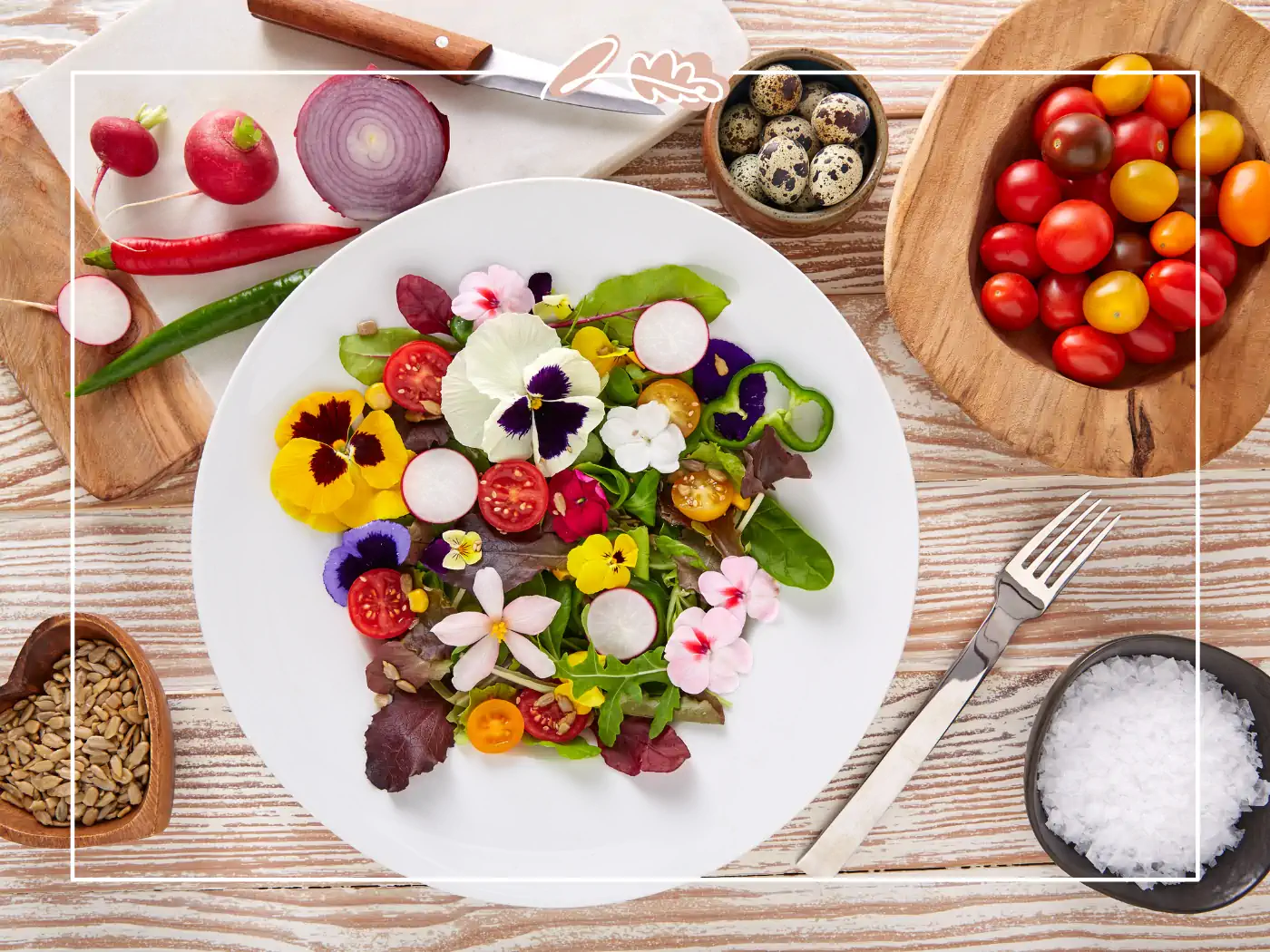
Picking Edible Flowers and Unopened Flower Buds
Pick your flowers in the morning when their water content is at its highest for optimal culinary uses. Following information from the book Edible Flowers – From Garden To Palate by Cathy Wilkinson Barash:
- Remove the stamens and styles from the flowers before eating. The pollen can detract from the flavour of the flower. In addition, pollen may cause an allergic reaction in some individuals.
- Remove the sepals of all flowers except violas, Johnny-jump-ups, and pansies.
- Only the petals of some flowers, such as rose, calendula, tulip, chrysanthemum, yucca, and lavender, are edible. When using just the petals, separate them from the rest of the flower just before use to keep wilting to a minimum. Others can be eaten entirely, including Johnny-jump-up, violet, runner bean, honeysuckle, and clover.
- Roses, dianthus, English daisies, marigolds and chrysanthemums have a bitter white portion at the base of the petal where it is attached to the flower. Cut the bitter part off the petal before using.
Cleaning Edible Flowers
- Shake each flower to dislodge insects hidden in the petal folds before using them for culinary uses.
- After removing the stamen, wash the flowers under a fine jet of water or in a strainer placed in a large bowl. Drain and allow to dry on absorbent paper. The flowers will retain their odour and colour, providing they dry quickly and are not exposed to direct sunlight.
Preserving Edible Flowers
To preserve flowers for culinary uses, put them on moist paper and place them together in a hermetically-sealed container or in plastic wrapping. This way, certain species can be preserved in the refrigerator for some 10 days.
If the flowers are limp, they can be revitalised by floating them on icy water for a few moments; don’t leave them too long or they will lose some of their flavour. You can also store the whole flower in a glass of water in the refrigerator overnight.
Poisonous Plants to Avoid
POISON IVY
One of the most common and well-known dangerous plants is poison ivy. Poison ivy is recognisable if you know what to look for. However, it can be difficult to notice if you don’t know how to tell it apart. It grows almost everywhere and can be found in most of the states in America. It grows as a green leafy plant, with its stems diverging into three smaller leaflets. It can grow as a shrub or vine, depending on the climate and area in which it is growing.
The poison ivy plant is dangerous as it causes itching, rashes and sometimes severe reactions. The reason this plant actually causes this is due to a plant oil that is found within it. The plant oil is called urushiol and is an allergen for most people.
The poison ivy plant can cause a reaction to it if you come into direct contact with the plant or indirect contact with the allergen, or sometimes it can also be caused by particles of the allergens that float in the air. The red marks of skin coming into contact with the plant can usually be seen within 24 to 72 hours. Similarly, you can come into contact with a pet, gardening tools, or sports equipment exposed to poison ivy, which can also cause a reaction.
There are many methods to treat a mild rash caused by poison ivy at home. However, if you have a severe reaction, a sense of strong burning boils, or difficulty in breathing it is important to consult a physician immediately. Some steps to take if you notice a poison ivy rash are as follows.
- Make sure to wash the area that came into contact with the poison ivy or indirect contact as soon as possible. Do this with lukewarm water and mild soap.
- Try to wash anything else that may be contaminated, such as clothes, socks, tools, toys, shoes and even pets.
- You can apply a cold compress during the blistering to allow for some relief.
- To relieve the itch, take a cool shower or use a mixture of water and baking soda.
- Make sure to consult a doctor if you have severe itching, blistering or swelling or if you have experience symptoms in sensitive areas such as the eyes, throat or genitals. You should also see a doctor if you have a fever, difficulty breathing, or a rash lasting longer than ten days.
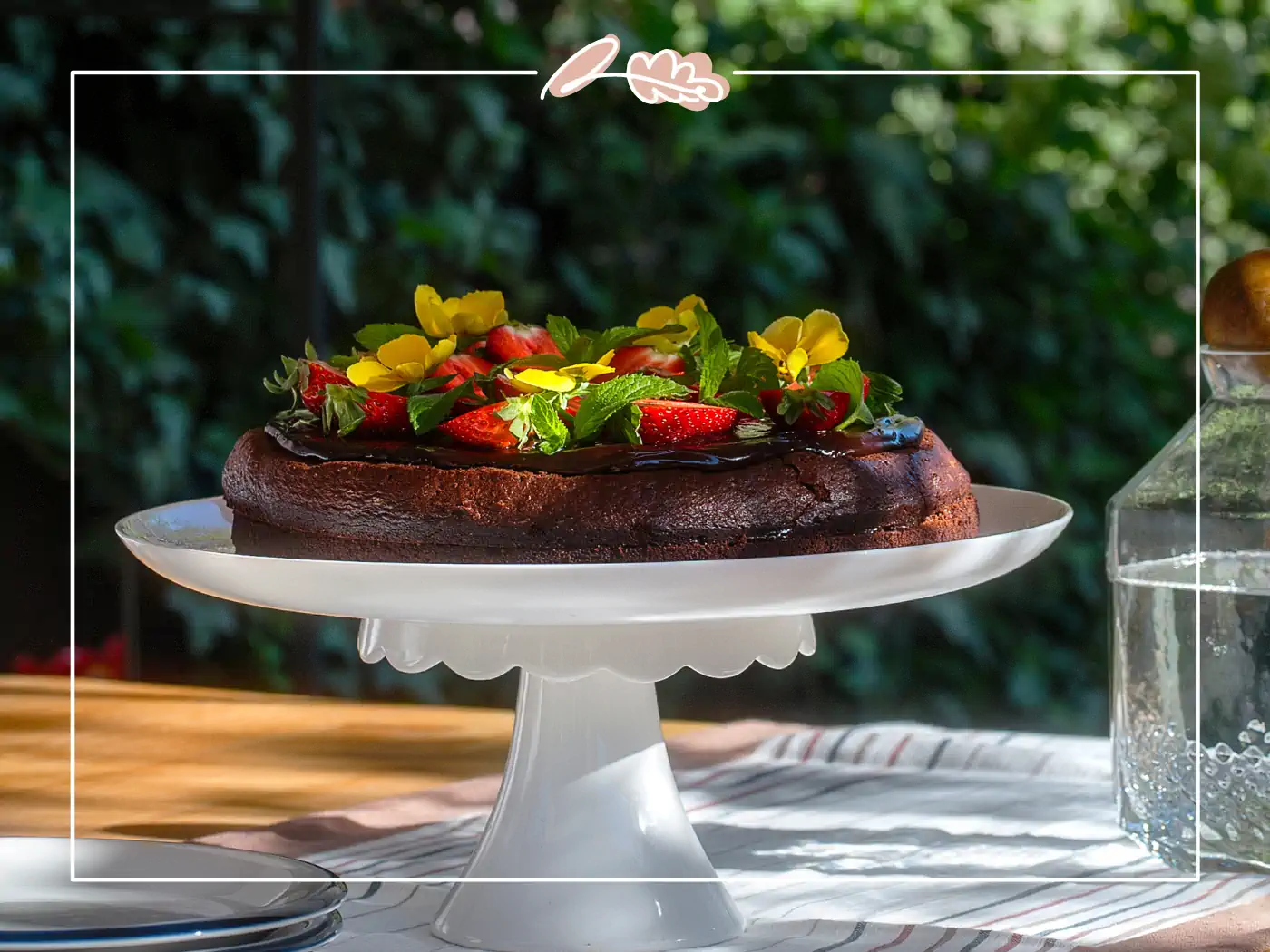
POISON OAK
Another very common and dangerous plant is the poison oak. It is very much similar to poison ivy; however, the leaves resemble an oak tree leaves more. Generally, the top side or the side facing the sun leaves are a darker shade of green and has tiny hairs on them compared to the bottom side of the leaves.
It also causes an allergic reaction based on the same plant sap as poison ivy called urushiol. The urushiol is released if the poison oak leaves or any part of the plant are damaged or broken. Even the plant's dead leaves, stems, and roots contain this oil and can cause a reaction. Similarly, the oil can be inhaled if any plant part is burned.
The rash of poison oak usually appears where the skin comes into contact with the plant but can also occur in other areas. It usually starts with itching and mild irritation, then gradually worsens and develops into a red and highly itchy rash. It can also form bumps and blisters. The rash usually takes about three to four weeks to recover from.
However, you should consult a doctor as soon as possible if severe symptoms occur. These severe reactions can include headaches, difficulties in breathing or swallowing, swelling near the eyes, lips, face or on tongue, any signs of an infection such as pus, increasing redness or pain, and swelling of the lymph nodes.
FOXGLOVE
Foxglove is a very attractive plant and is often found in the garden for its beauty, although it also grows in the wild. The flowers of this plant are bell-shaped and are usually a bright purple colour; however, they can be white, pink or yellow in colour as well. They generally have a fruit full of seeds, and the flowers bloom in the spring. The pretty flowers and fruit attract children, which is very dangerous as all parts of this plant are poisonous.
The scientific name for the foxglove plant is Digitalis purpurea, which is used as a medication for heart problems. Medication is derived from the foxglove plant, and a form of it is called digoxin. By measuring the digoxin concentration in the blood, you can detect if a person has foxglove poisoning.
When the plant is turned into medication for the heart, it is used with a controlled dosage and is very valuable in treating heart failure. It can help a heart that is weak pump blood harder. However, this makes it very dangerous if it is ingested out of a medical context without a controlled dosage.
If people consume any part of the plant or make any kind of tea from the leaves, they are essentially consuming a not prescribed and unregulated dose of heart medication. This can have a very dangerous effect on their heart; it can cause their heart rate to become very slow or irregular. Both these situations can be very dangerous and put someone’s life in danger.
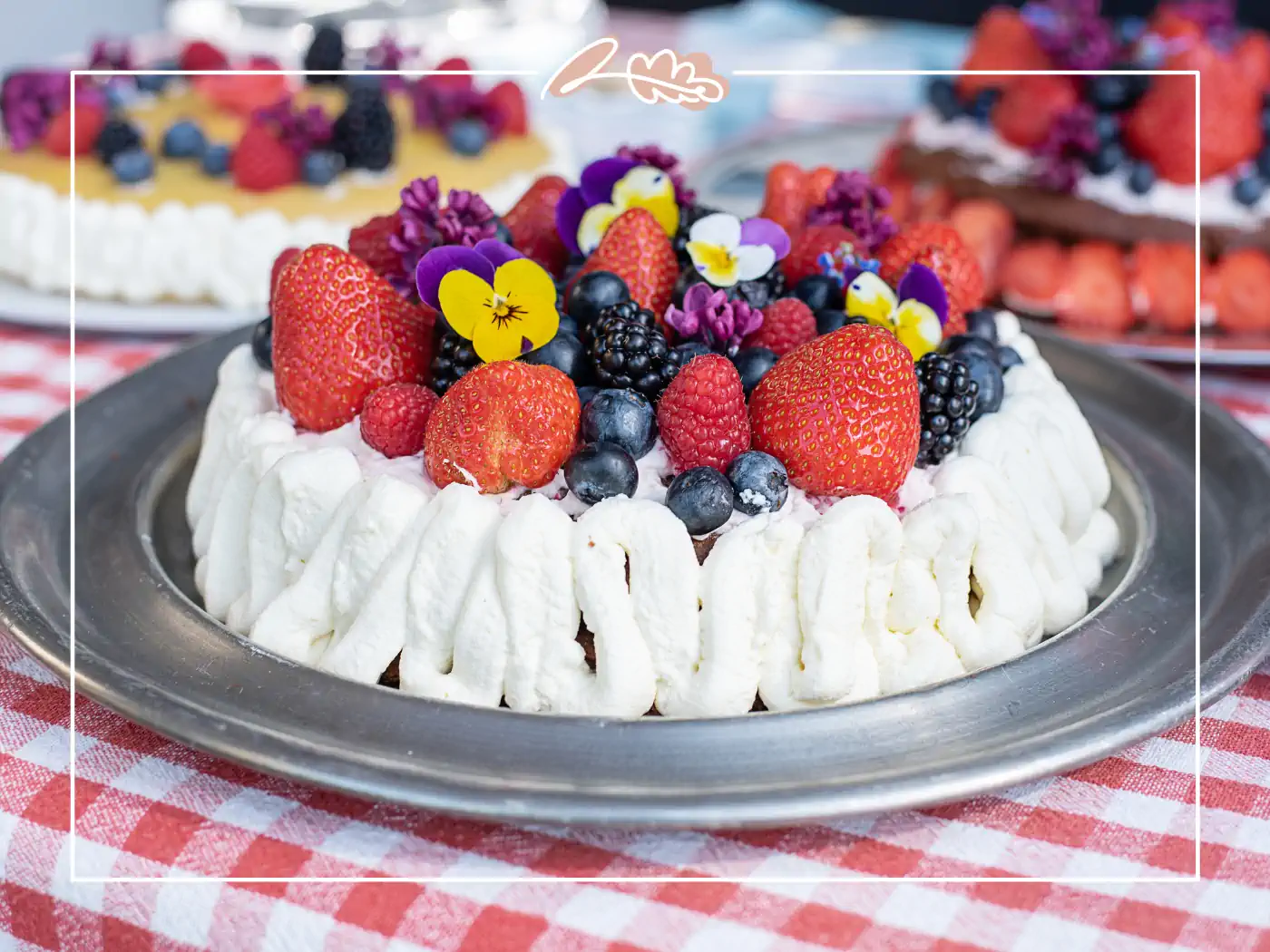
OLEANDER
Oleanders are tall shrubs with leather-like leaves that grow in three groups. They have bright flower bunches that grow at the end of their branches. The flowers can be a variety of colours ranging from red to pink to white. Although they are commonly seen in gardens and botanical areas, they are highly toxic. All parts of the plant are immensely poisonous.
Although the plant is very toxic, it is also used to treat many medical issues. The seeds and leaves of the oleander plant are used to make medicines. Some of the medical conditions that it is used to treat are cancer, leprosy, asthma, epilepsy, painful menstruation, malaria, ringworm, venereal disease, and indigestion. It is also sometimes used to cause abortions.
However, it is immensely important that no part of the oleander is consumed without proper medical consultation and prescription. If it is consumed, there can be severe reactions and can lead to fatality. Some symptoms include serious stomach pain, burning in the mouth, diarrhoea, nausea, vomiting, headaches, serious heart problems and difficulty breathing.
Consuming the seeds, leaves and oleander leaf tea has caused people to become deadly poisoned. There have even been occurrences where a single leaf was enough to lead to the death of an adult.
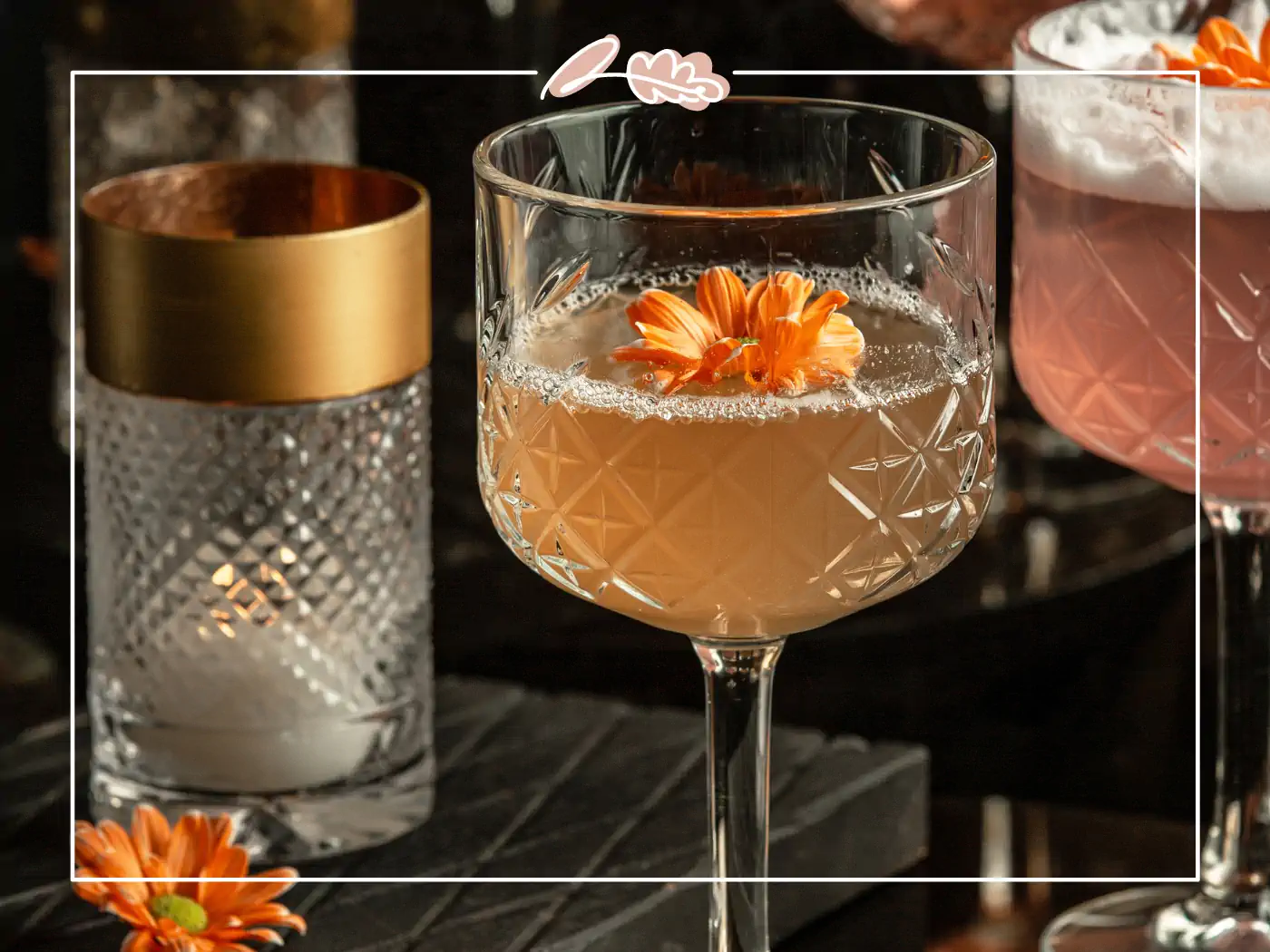
The Bottom Line
Many wonderful plants are available in bulk online, in your own garden, or at stores like Whole Foods for fairly cheap. They are to use, whether out in the wild or in the comfort of our gardens. It is important, however, to recognise these plants and determine whether they are safe for consumption. Although most plants are harmless when we come into contact with them, it is always important to be careful when using them for health benefits. Especially when it comes to the consumption of plants, even the most common of plants can be harmful if ingested. Always try to have an expert identify a plant or be certain that you know the plant before consumption.
Source: What's Cooking America & Backyard Boss

